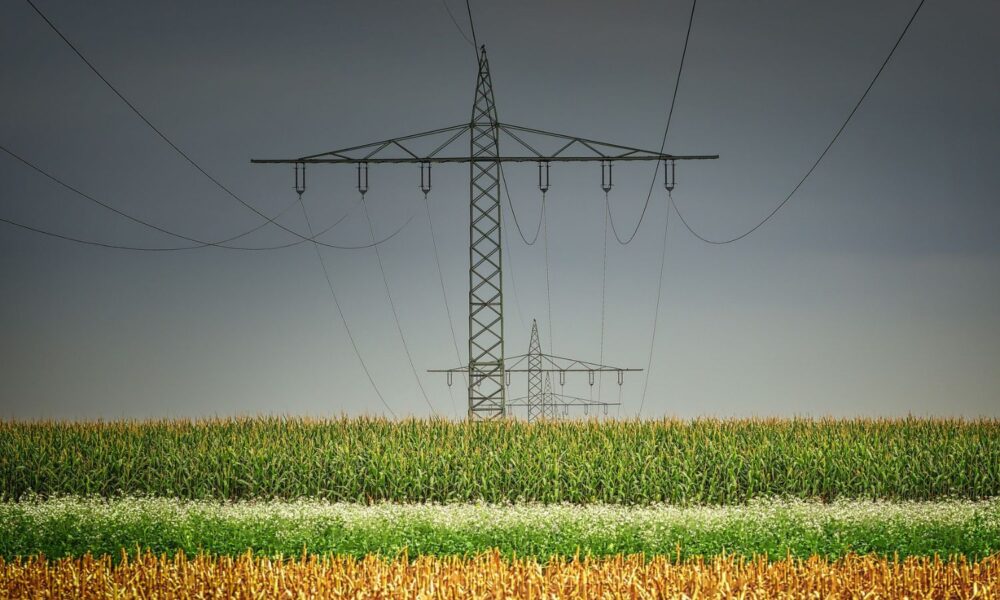On May 17, 2023, the Midcontinent Independent System Operators (MISO), responsible for operating the energy markets and transmission infrastructure serving 45 million people across the central United States, released the results of its annual energy capacity auction, held to ensure enough electricity is available for consumers. The results show good news for the year ahead, while pointing to the need to adapt existing processes and market rules to accommodate the fast-approaching clean energy future.
MISO operates a capacity market, through which “energy resources” such as conventional fossil fuel power plants, wind and solar projects, and energy efficiency or demand response programs are paid for their commitment to deliver electricity in the future. As described by my colleague Mark Specht, these capacity payments are “like paying for insurance–power plant owners get paid so that their plants are available to generate electricity, just in case that electricity is needed.”
You may remember last year’s results when MISO’s North/Central region had a capacity shortage of 1.2 Gigawatts (GW) that resulted in higher energy bills (particularly in southern Illinois) and an increased risk of outages.
The good news for the year ahead is tied to an excess of energy resources available across MISO’s footprint. Compared to last year’s shortage in capacity, MISO’s auction resulted in excess energy resources across its footprint to meet energy needs. MISO North/Central region has 4.76 GW in excess resources, and MISO South has 1.72 GW.
For the long term, MISO continues to emphasize the need for policy reforms that enable energy markets to operate in a grid powered primarily by renewable energy resources. While discussing the results of the auction, MISO’s staff indicated that “urgent reforms to MISO’s resource adequacy and market design are necessary to ensure continued reliability.”
Drivers for this year’s good news
In releasing this year’s auction results, MISO’s staff explained the drivers for the excess in resources. Electricity demand forecast for the year ahead was lower than expected, resulting in a lower need for energy resources. MISO receives electricity demand forecasts from the utilities operating in its footprint.
Newly commissioned resources are providing energy, including wind, solar, and demand response, as well as gas power plants. A total of 3.9 GW of new energy capacity was added to MISO’s system since the previous auction.
MISO also discussed the impact of its new seasonal auction design, resulting in a reduced need for resources. Prior to this year’s auction, MISO held an annual capacity auction for the full year. In this new seasonal approach, the grid operator considers energy resources availability and system needs for each season.
A delay in the retirement of coal resources was also pointed out as a reason for this year’s outcomes. Details on specific resources and their retirement decisions were not provided, however these coal units will eventually retire. In a press release, MISO stated, “Actions taken by market participants this year, such as delaying resource retirements and making additional, existing capacity available via imports may not be repeatable in the future, and this year we are still susceptible to supply shortages in extreme situations.”
Market reform a priority in the long term
Sufficient capacity for the next year is good news. However, it does not reduce the importance for MISO to reform its energy markets to adequately adapt planning and operations to enable a clean and reliable grid.
One such reform that focuses on improving how MISO determines the price for capacity is underway. This reform is expected to reduce volatility in the auction price outcomes as well as provide a better economic signal for energy resources and the value they bring to the grid (you can read more details about how this will work in my recent blog). This year’s auction outcomes show how that volatility in prices unfolds in practice. For example, the capacity price for the MISO North/Central summer season is 10 dollars per megawatt (MW) of electricity capacity provided per day ($/MW-day). The year prior, 2022-2023, had a price of $236.66/MW-day, and the year before that was $5/MW-day.
Other improvements include new ways for MISO to value resources in its system. Here, I expect to see better solutions for the way wind and solar resources are evaluated to compensate for the reliability benefits they offer, and also adequate consideration of risks to thermal resources, whose ability to operate is affected by extreme weather events such as winter storm Elliott. My colleague Paul Arbaje’s analysis of winter storm Elliott indicated that “MISO experienced a troubling amount of power plant outages, which reached 50,000 megawatts (MW) […] in unplanned plant outages, gas made up 44 percent and coal made up another 32 percent. During this time, about 40 percent of the coal fleet and 40 percent of the gas fleet was offline.”
MISO must also continue paving the way with nation leading transmission development efforts, within its footprint and in collaboration with neighboring grid operators. My colleague Sam Gomberg has written that “the grid must keep up with the pace and scale of change driven by states, utilities and consumers—and the benefits of doing so are impossible to ignore.”
Making sure the grid is keeping pace with changes is all the more important once we consider the record-setting scale of renewable energy resources waiting in line to connect to MISO’s grid. In 2022, MISO announced that it had received 956 applications, representing approximately 171 GW of new generation across the MISO footprint, 96 percent of which were renewable or storage resources.
MISO’s recent auction results curb some of the short-term pressure when compared to last year. This good news must be paired with the necessary efforts, commitment, and long-term vision from the grid operator and stakeholders to enable a clean energy future.

